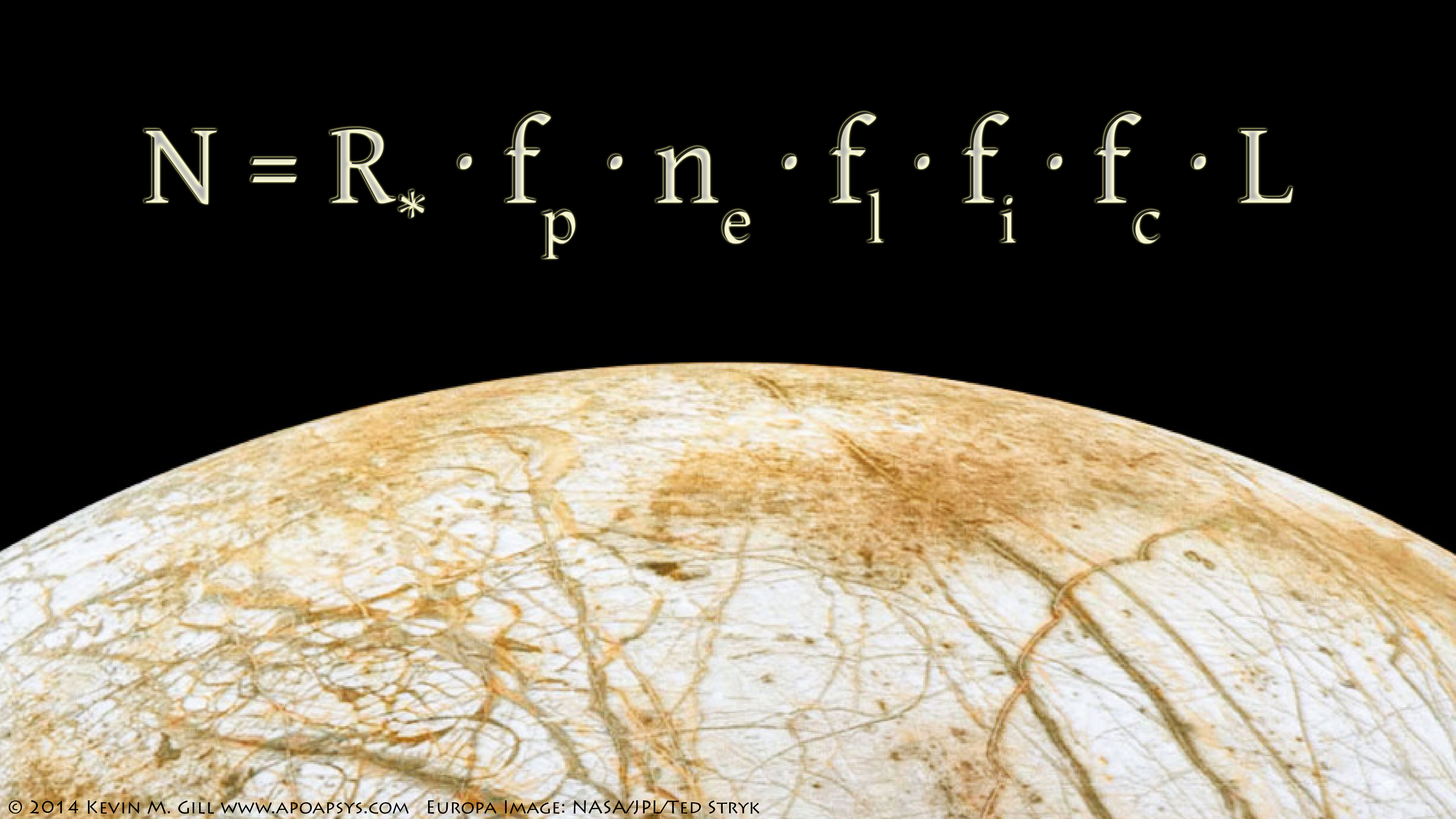It’s been established for quite some time now that Mars was once a watery world; evidence of its presence, now long gone, can be seen in many parts of the planet that our rovers have explored. Now, Curiosity adds yet another entry in the log—and this time, it’s from an ancient lake.
NASA’s Curiosity rover has found the most apparent evidence yet of ancient water ripples that formed within lakes. The rover has been ascending the foothills of Mount Sharp, a 3-mile-tall (5-kilometer-tall) mountain once laced with lakes and streams that would have provided a rich environment for microbial life. Mount Sharp comprises layers, with the oldest at the bottom of the mountain and the youngest at the top. Curiosity has found these rippled rock textures preserved in what is nicknamed the “Marker Band”—a thin layer of dark rock that stands out from the rest of Mount Sharp. This rock layer is so hard that Curiosity hasn’t been able to drill a sample from it despite several attempts.

Scientists will be looking for softer rock in the week ahead, but even if they have yet to get a sample from this unusual strip of rock, there are other sites they can explore. Scientists can see a clue to Mars’ ancient water history in a valley named Gediz Vallis. Wind carved the valley, but a channel running through it that starts higher up on Mount Sharp is thought to have been eroded by a small river. Scientists suspect wet landslides also occurred here, sending car-size boulders and debris to the bottom of the valley. Curiosity saw this debris twice last year but could only survey it from a distance.

Another clue is an unusual rock texture likely caused by some sort of regular cycle in the weather or climate, such as dust storms. The wave ripples, debris flows, and rhythmic layers all tell us that the story of wet-to-dry on Mars was complex.
References
NASA JPL. (2023, February 8). Nasa’s curiosity finds surprise clues to mars’ watery past. NASA Jet Propulsion Laboratory (JPL). https://www.jpl.nasa.gov/news/nasas-curiosity-finds-surprise-clues-to-mars-watery-past











